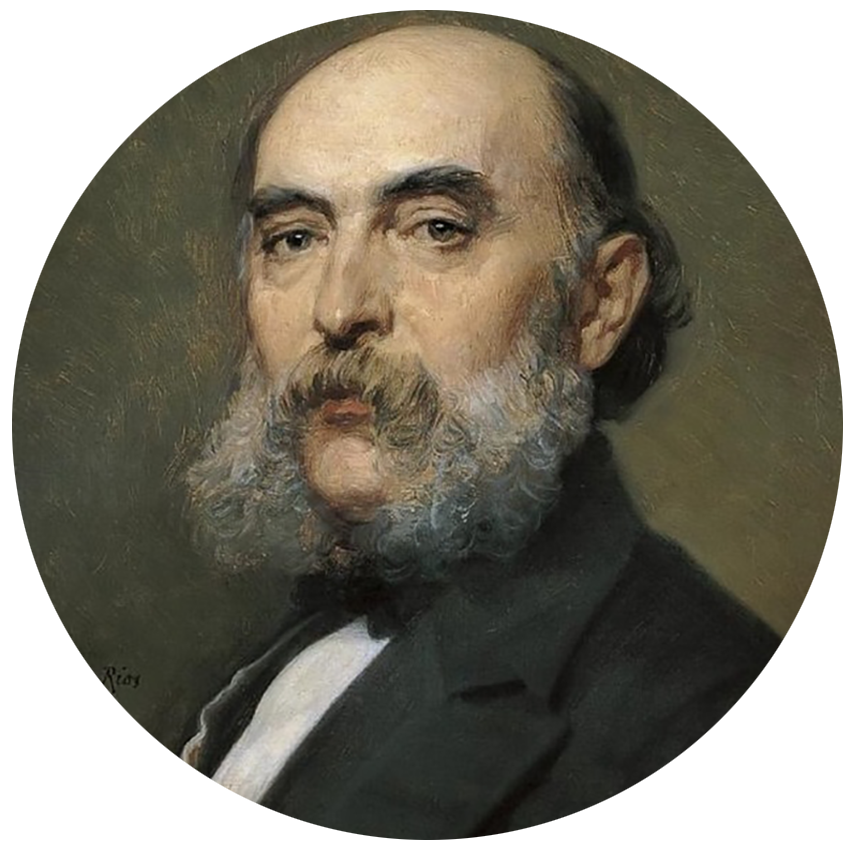
Room VIII. Illustrious Baenenses
The last permanent room of the Historical Museum takes the name of the medieval poet Juan Alfonso de Baena and in it are exhibited some fundamental documents of the history of the municipality, together with the gallery of illustrious people of Baena, among which they stand out, for their greatness and the importance of their works, Juan Alfonso de Baena and José Amador de los Ríos. One of the jewels of the room is the first facsímil color of the Baena Songbook, but before the display case in which it is exhibited, we will find on the wall, next to the entrance door, some eighteenth-century canvases with inscriptions related to the foundation and spiritual obligations of the Hospital de Jesús Nazareno. Juan a ellos, a representation of Roman Charity, the work of the painter Diego de Monroy, born in the town in 1786. Also exhibited in this space are reproductions of some of the most important and ancient documents existing in the Historical Archive of Baena , as well as a wide collection of books and documents related to some of the most illustrious Baenenses, many of thempresent in the gallery that occupies the front wall of the room.

Partial view of Room VIII of the Historical Museum.

The Roman Charity, work of Diego de Monroy
Baena's Songbook
The Baena Songbook is a compendium of the works of numerous poets from the late fourteenth and early fifteenth centuries that was compiled by the also poet Juan Alfonso de Baena. It is dedicated to King Juan II of Castile, great lover of this type of literature. It is estimated that the compilation was carried out between 1426 and 1445, thus being the first songbook known in Castile, inspired by others of a similar Galician-Portuguese nature.
The original manuscript has not been preserved and the copy from the mid-15th century that existed in the El Escorial monastery was looted and sold to the National Library of France where it is found today. The first printed edition of the Cancionero was published in Madrid in 1851, by Pedro José Pidal. In Room VIII of the Historical Museum, the first color fascimile of the Baena Songbook made exclusively for research and use in the town’s Historical Museum is preserved.
Tanguillos for Baena
In the year 2000 a versatile man from Baen, Emilio Rosales, wrote the lyrics of some tanguillos in which he made a brief face of some of his most illustrious countrymen. This composition would be included in the DVD “Arte Flamenco” recorded by the same singer in 2015.